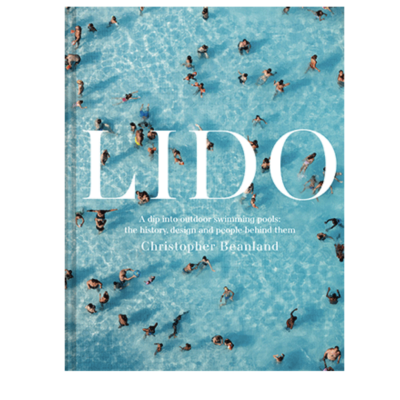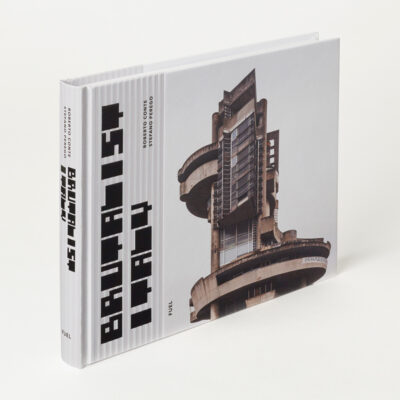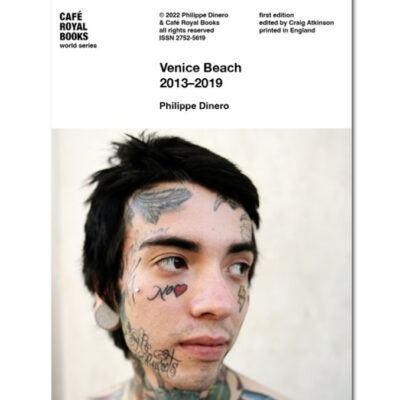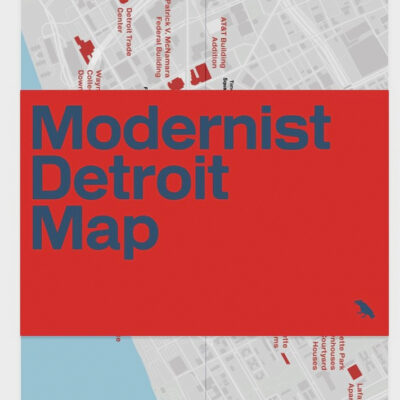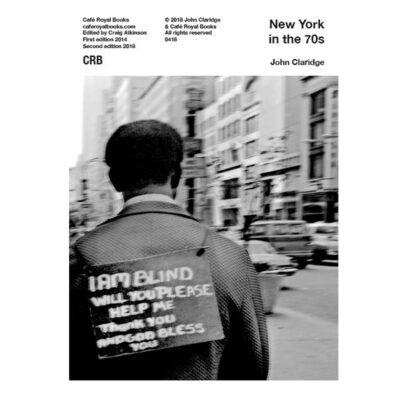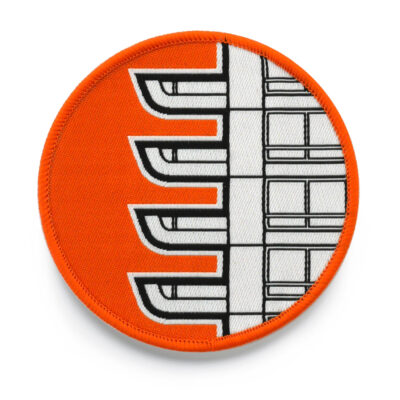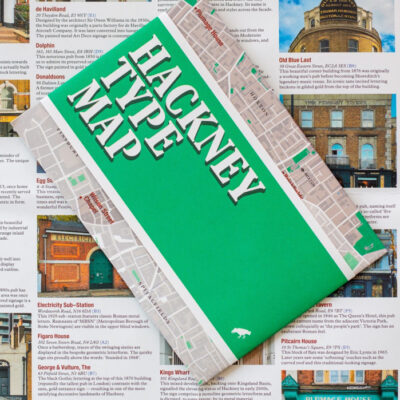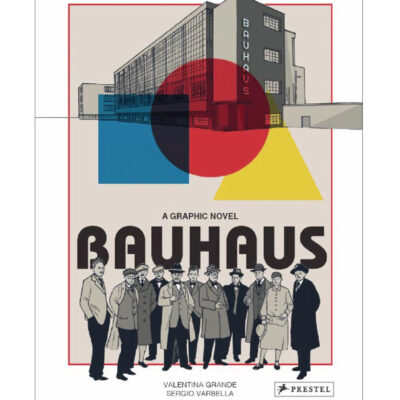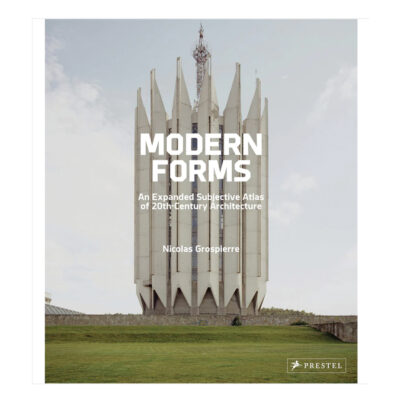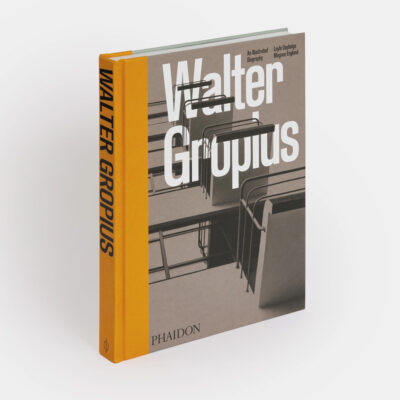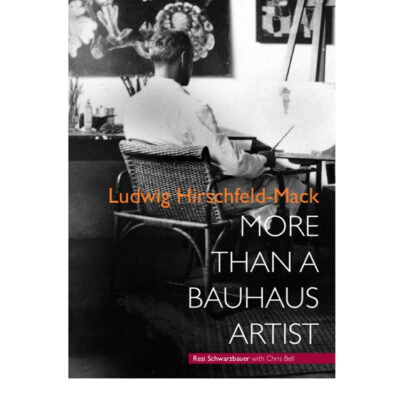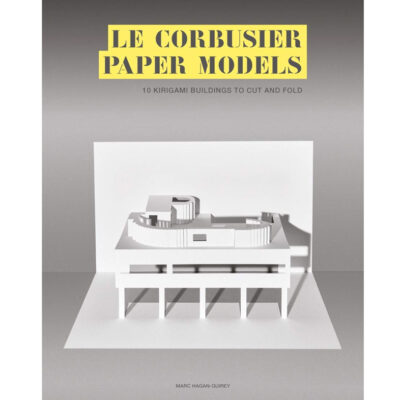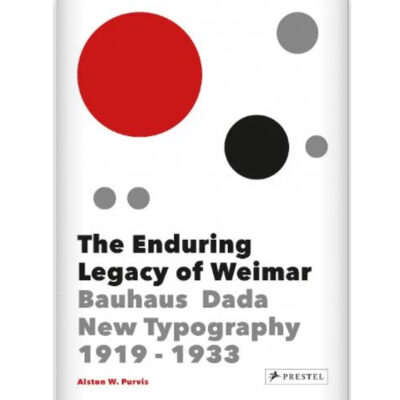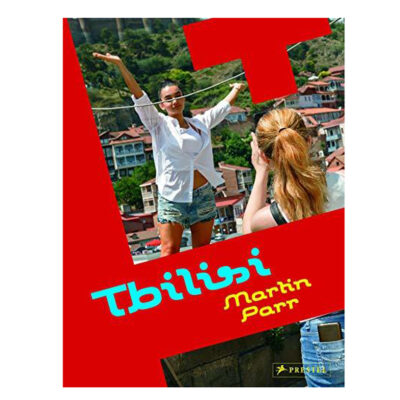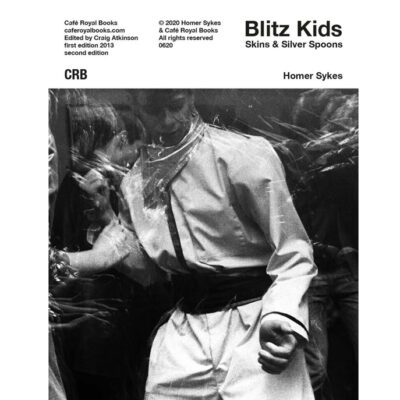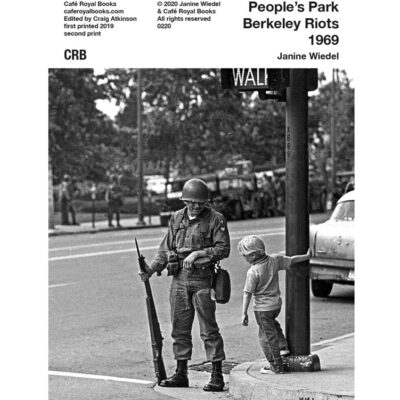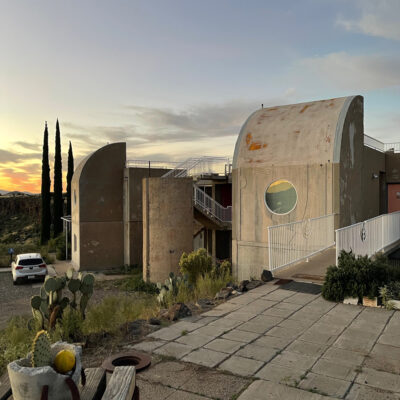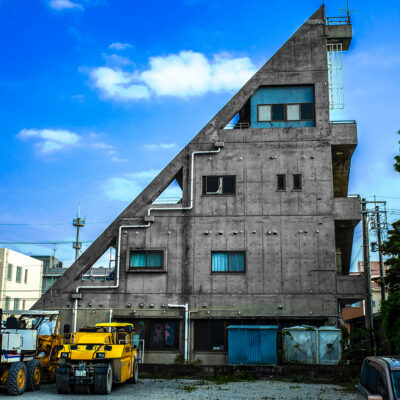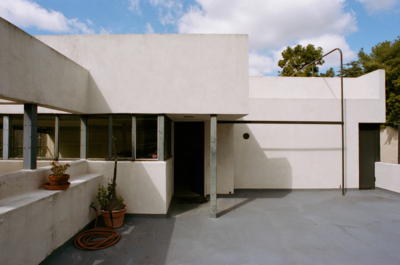Calvin Seibert Builds Architectural Sandcastles
A Q&A with the Artist who Sculpts Fantasies in the Sand that Defy Gravity but Ultimately Succumbs to the Sea
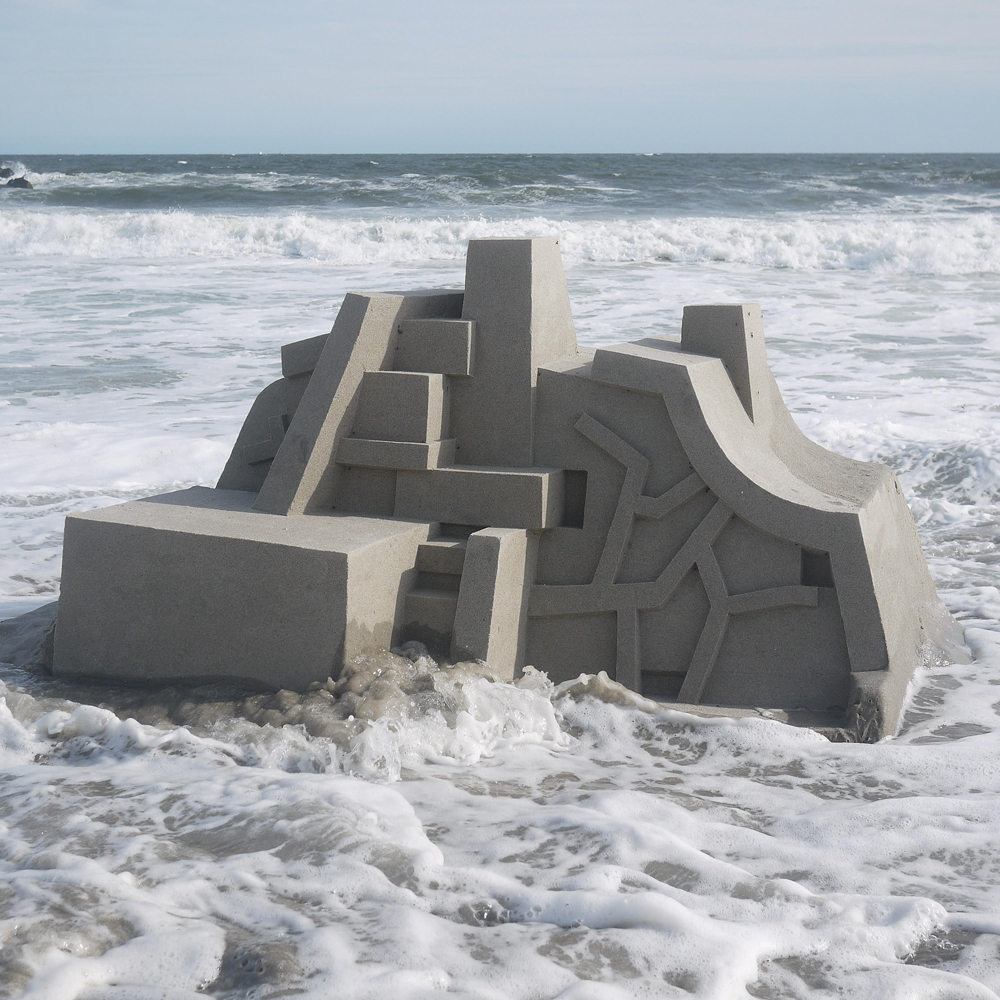
We came across Calvin Seibert’s extraordinary sandcastles on his hugely popular Instagram account @calvinseibert Their design, technical sophistication and engineering genius appeal to fans of brutalist and Modernist architecture. What’s the driver for a talented artist to produce something so fragile and ephemeral? And what is the process for their creation? We got to ask Calvin this summer.
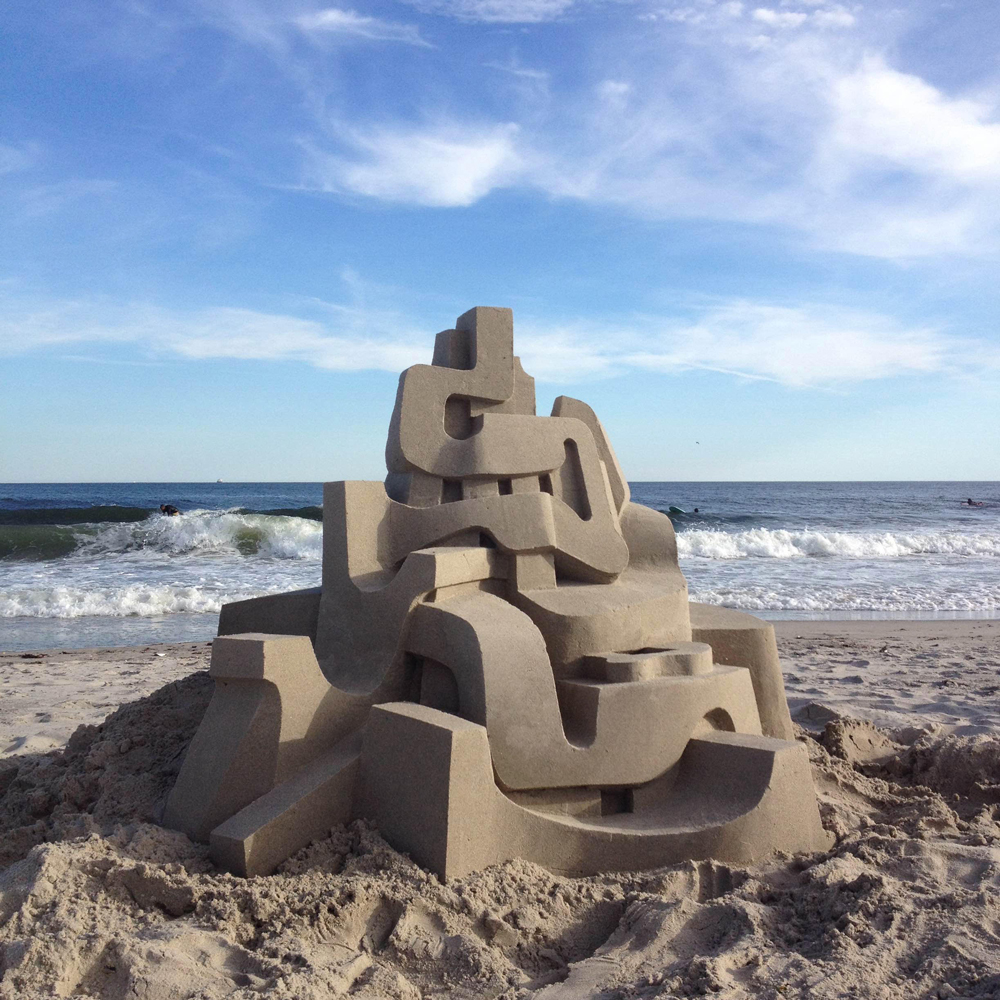
Calvin was born in Colorado to a family where it was all about snow rather than sand. Calvin’s father, a renowned international skier, co-founded the Vail Ski Resort. From an early age Calvin was constantly experimenting in making art and his mother ‘pretty much raised [him] to be an artist’. Calvin’s path led him through was map-making, ceramics, silkscreen classes, creating his own magazine and painting. It was an obvious choice to head to New York City to attend the School of Visual Arts in New York City.
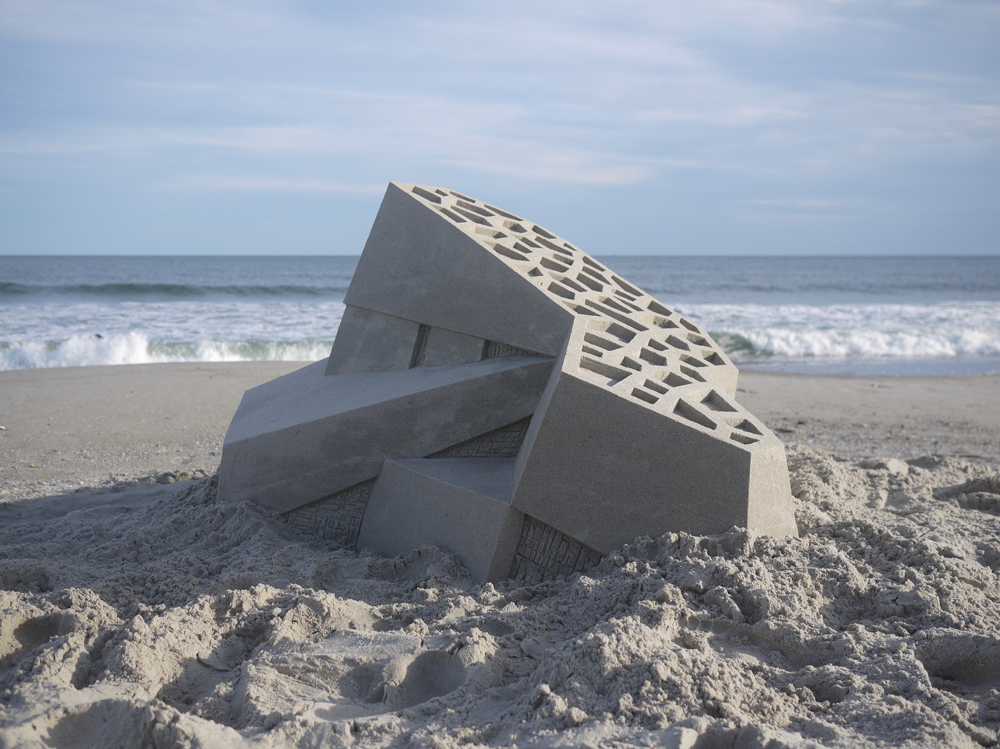
You studied fine arts in New York City, what was that like?
While fellow students like Keith Haring and Kenny Scharf were drawn to the streets, I often found myself in libraries looking at engineering and architectural plans and schematics. I was quite taken by the work of artists like Alice Aycock and Will Insley whose classes I attended. In their post-minimal work they had devised personal architectural languages that expressed far-ranging ideas and imagined worlds. I was hooked.

Did you imagine sand on a beach would be your medium to express yourself? How did the journey begin? We’ve read that access to the building site of what would become Vail Ski Resort played a part?
My sandcastles are just one part of what I do. I typically like to make things that can come together in a day if possible or at least show real progress towards their completion. In the 1960s construction sites were very wasteful and heaps of scrap material could be dragged home and worked with. I learned as a kid that I could get carpenters to cut things for me as long as I didn’t ask too often. I recall that around age 12 I asked a builder how to get concrete not to crack. I had been building dams and they weren’t holding water.
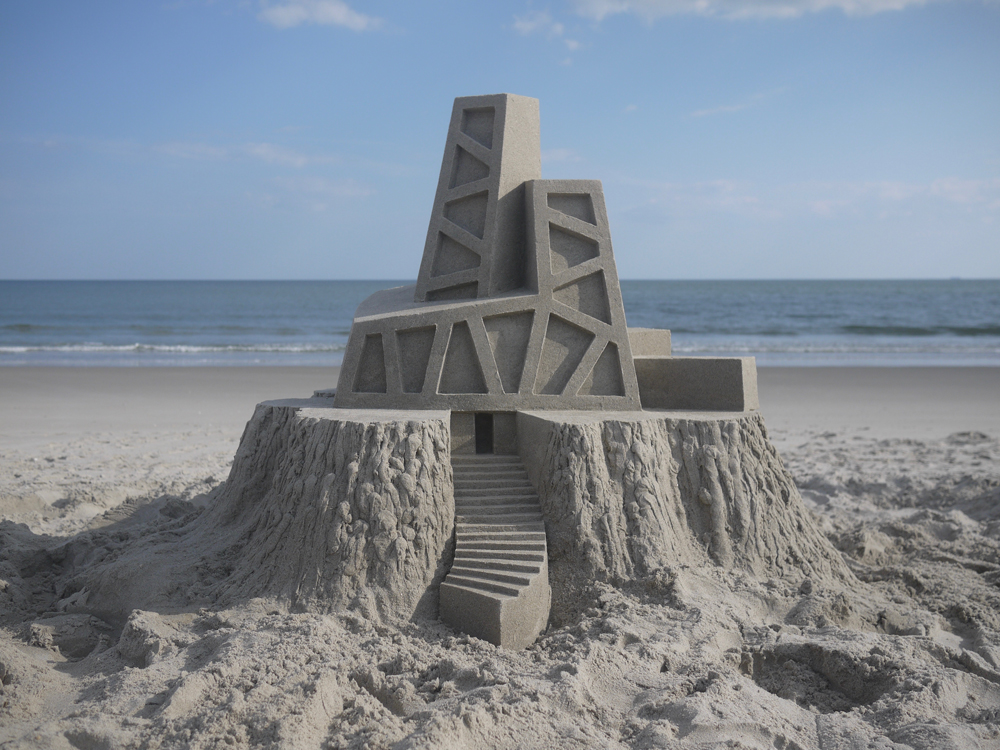
Is there a sense of your work evolving? How do you choose your next sculpture?
There is a certain sensibility that my friends will detect even in my earliest work. That said, my sandcastles have gone through phases. As a kid I saw Eero Saarinen’s JFK Terminal and for some time after that, I made sandcastles with swooping curves. Still, I always move on and in the 80s I tended to make very symmetrical sandcastles. Fascist Post-Modernism I would joke. Of course, symmetry is difficult to achieve, it just takes too long and so I have pretty much avoided it. I always try to do something different from the day before or recall an earlier castle that might be improved upon.
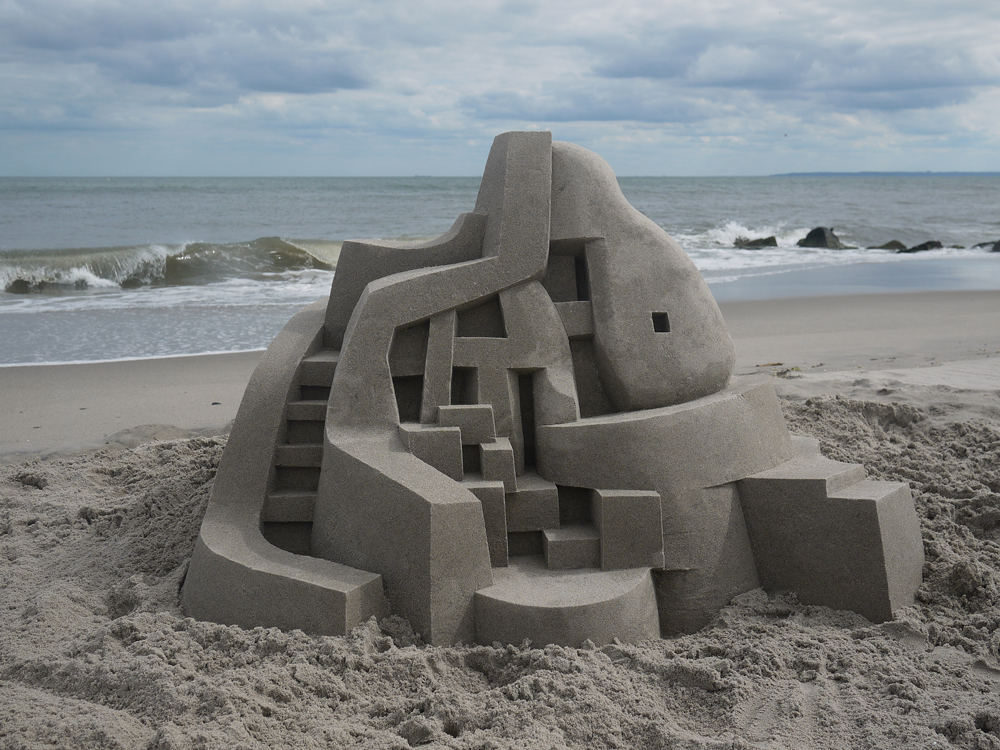
Are they art, architecture, or sculpture or something other?
Around the age of ten, I saw a model of a house that was just the initial framing made of balsa wood, there were no walls, doors, windows or a roof, I loved it. I went on to make things that were open and unfinished in the same way, and looking back now I can see that what I was making was more sculpture than anything else. The sandcastles are not architecture but they are often architectural. While one might recreate an Edo period temple on the beach, Brutalism seems to me, a more apt choice for sand.
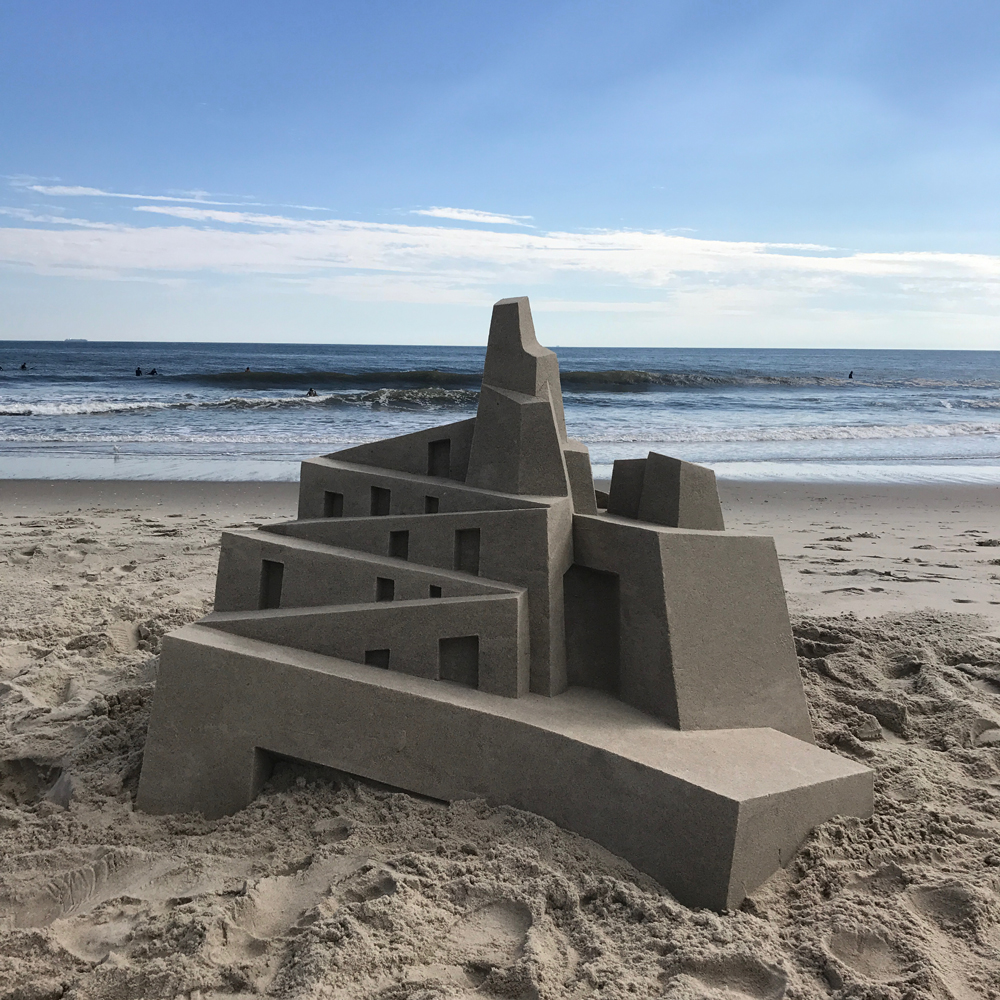
Sand sculpture is an ancient art form, do you see yourself as someone carrying on a tradition? Your art is unique and unlike anything else!
I always imagined sand sculpture came into being with the rise of the middle class. It’s really a leisure activity with a short tradition that mostly sees itself as a form of illustration. I like to imagine I am bringing a modernist drive to make something new. How does one make something as iconic as Corbusier’s Ronchamp chapel or Wright’s Guggenheim in New York? It’s easier said than done.
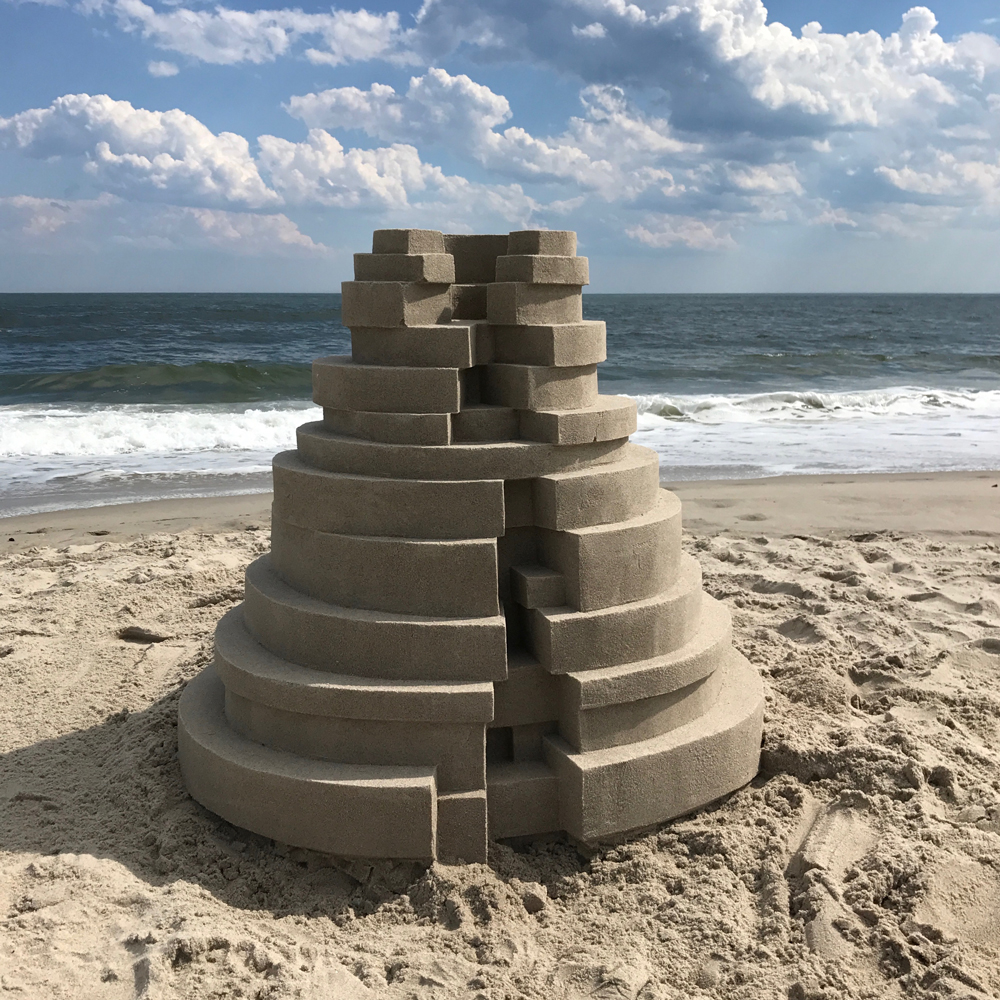
Are the sandcastles part of an imagined brutalist landscape and actually are they brutalist, modernist, cubist, organic or beyond description?
For want of a perfect description that covers the variety of forms I’ve made, I call them Modern. It’s a shorthand that easily differentiates them from something Cinderella would be at home in. Now if they were to be actual buildings and made of concrete they would certainly be Brutal and show up in a Google search for ugly buildings as do many Brutalist buildings.
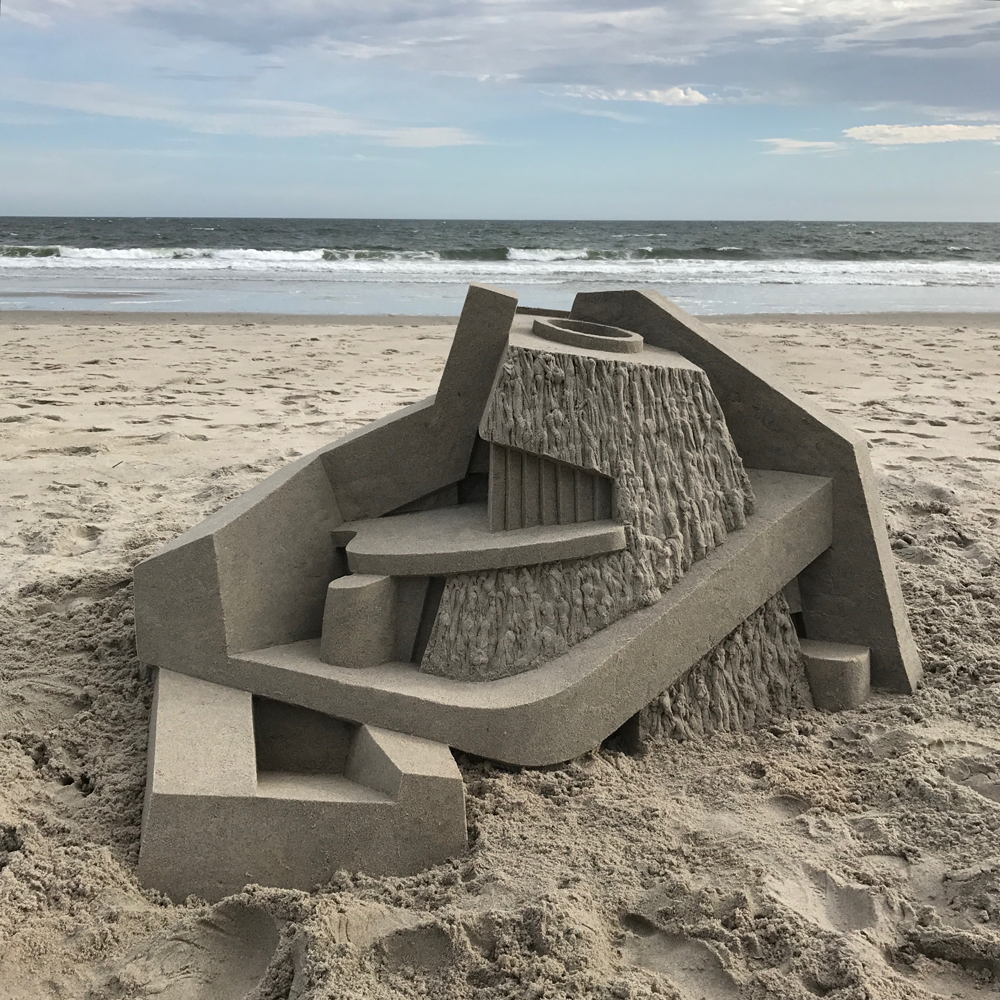
We read Marcel Breuer’s Flaine ski resort struck a cord when you were young, were there other influences?
My father who was in the ski business subscribed to Progressive Architecture all through the ’60s and early ’70s just as I was forming my aesthetic. Architects like Louis Kahn and Paul Rudolph filled the pages of that magazine and the pictures dovetailed nicely with my experience of construction sites. The concrete foundations my brothers and I played in were to me what sculptor Richard Serra’s childhood shipyard was to him.
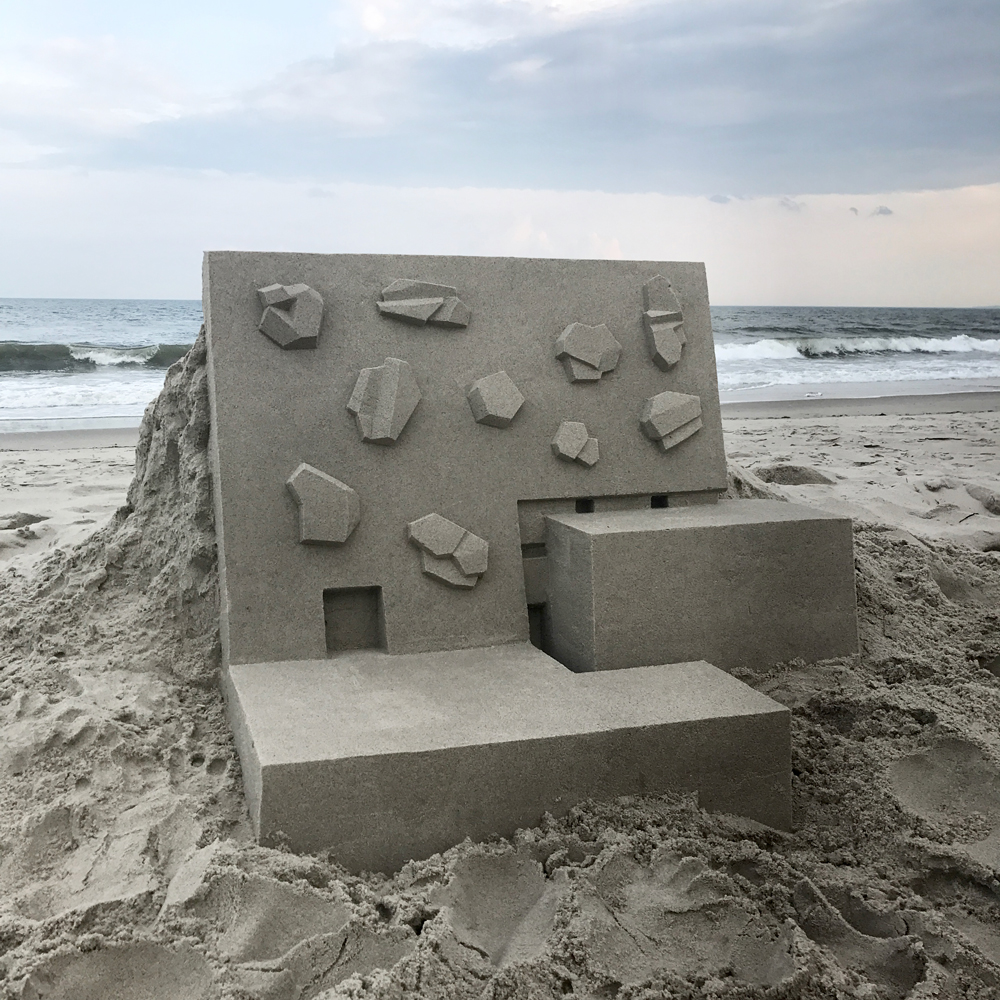
Each castle appears to sit in isolation, is that important?
They tend to look better in photographs when they are on their own, though I have photos with beachgoers in the picture and they can be amusing.
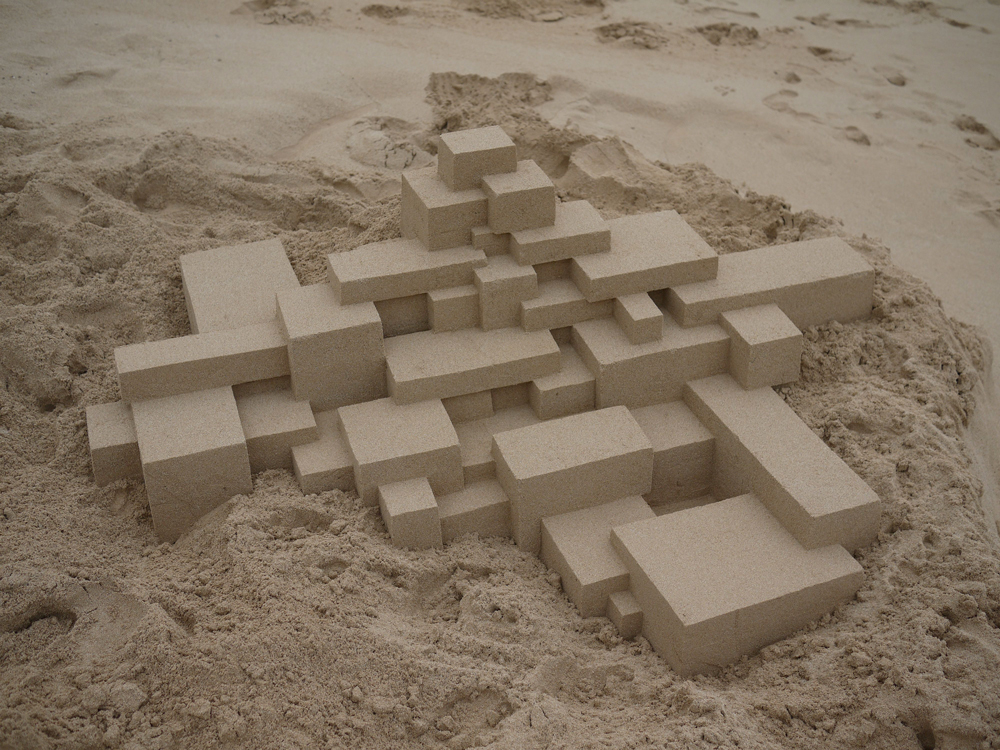
Is it a solitary experience making them or do you end up with crowds watching you create? And if so how do you manage that and are they part of the experience?
I prefer making them on an empty beach where I can turn my back when I fetch water or take a swim. Crowded beaches can be exhausting as I am constantly having to police other people’s children and dogs. A slight touch can destroy hours’ worth of work.
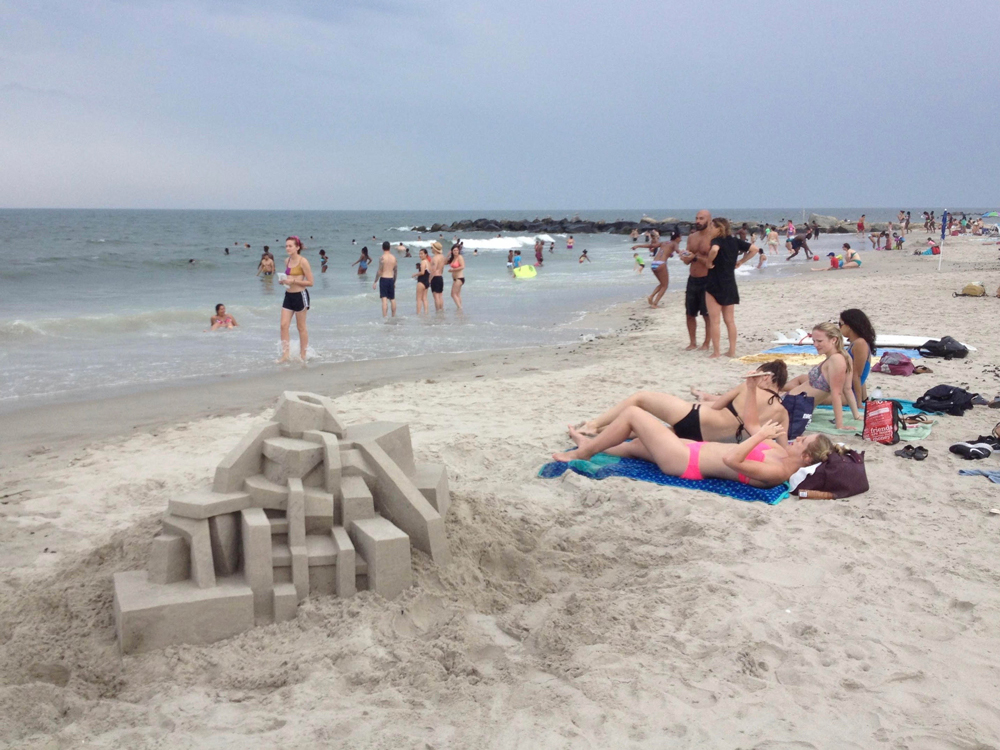
What is your construction method?
The castles are built as kids might do from a hand-packed pile of wet sand. This differs from how professional sand sculptures work. They stack plywood boxes and other forms like large garbage cans minus their bottoms, into which they pour water and sand that then gets tamped down with a heavy tamper. The water drains out and the next day they pull the forms away and carve the now solid block of sand working from the top. I form shapes with wet sand that I can alter as I go along, but this also means my castle is very soft in comparison and more easily damaged. For their process, it helps to have a clear design while I am freer to invent as I go along. They also spray their work with a solution of white glue and water, making fine detail possible as well as improving the longevity of the work. I don’t do that.
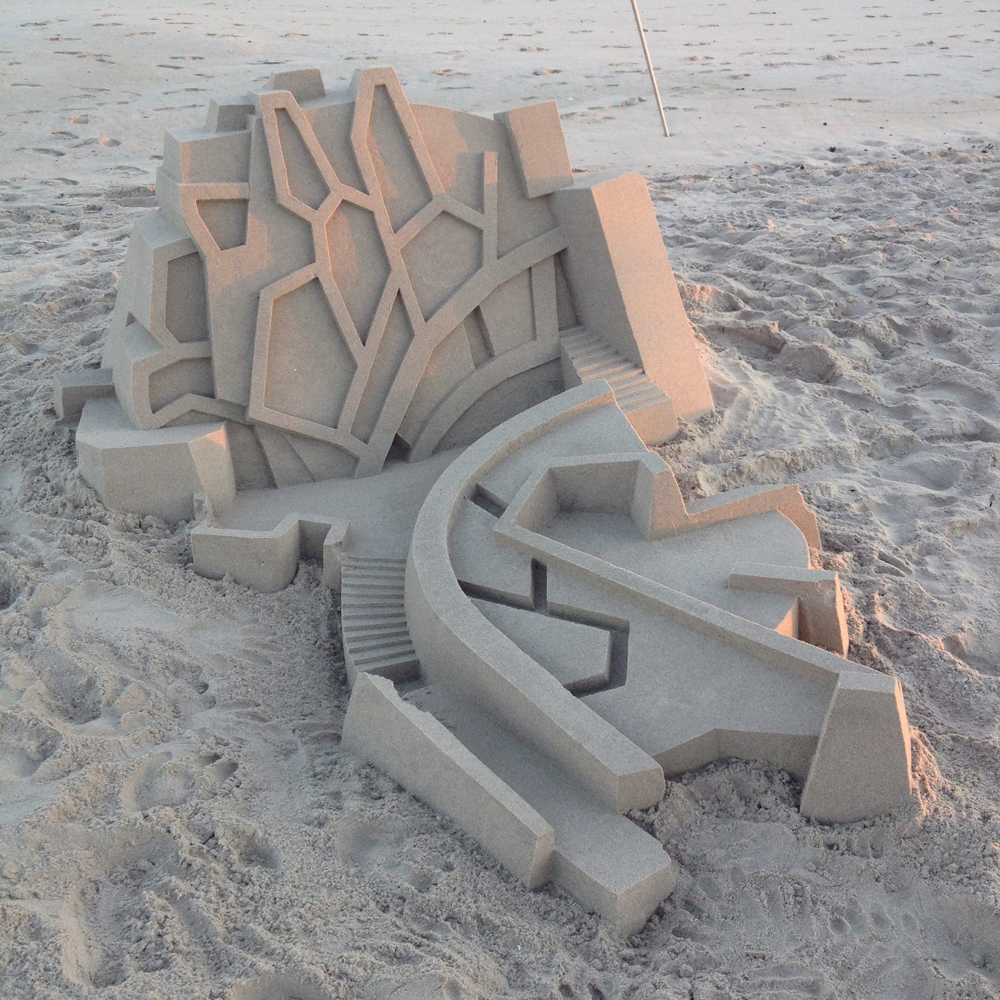
Is filming their creation and destruction part of the process?
Photographs are important. I design the castles so as to look best at the end of the day. Raking light defused by the edge of a cloud is good. I will always wait for that moment even if it comes hours after finishing the castle. They tend to have one good side and look best from one point of view so still images are my preferred way of documenting them.
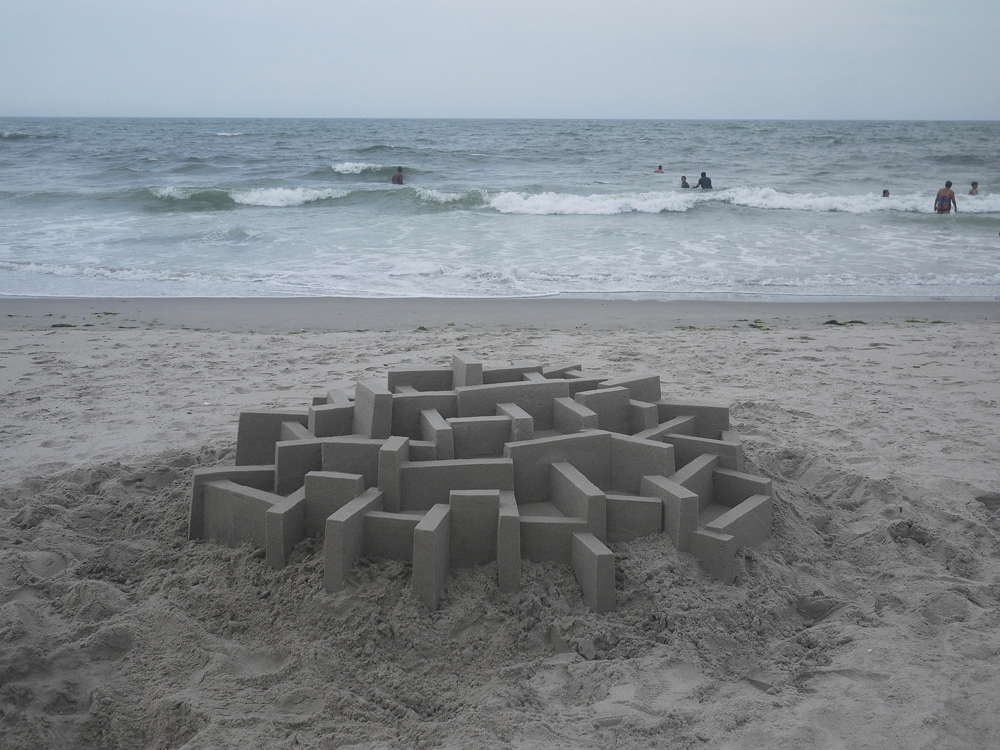
..and actually, what do you call ‘them”? -I always read the word ‘sandcastle” but they are so much more than a castle, almost citadels
Sandcastle for description, as it seems more modest. I’m not really trying to WOW anyone. My favourite comment of all time was when a woman said my castle reminded her of the Roman Polanski film, Cul-de-sac. She is my intended audience.
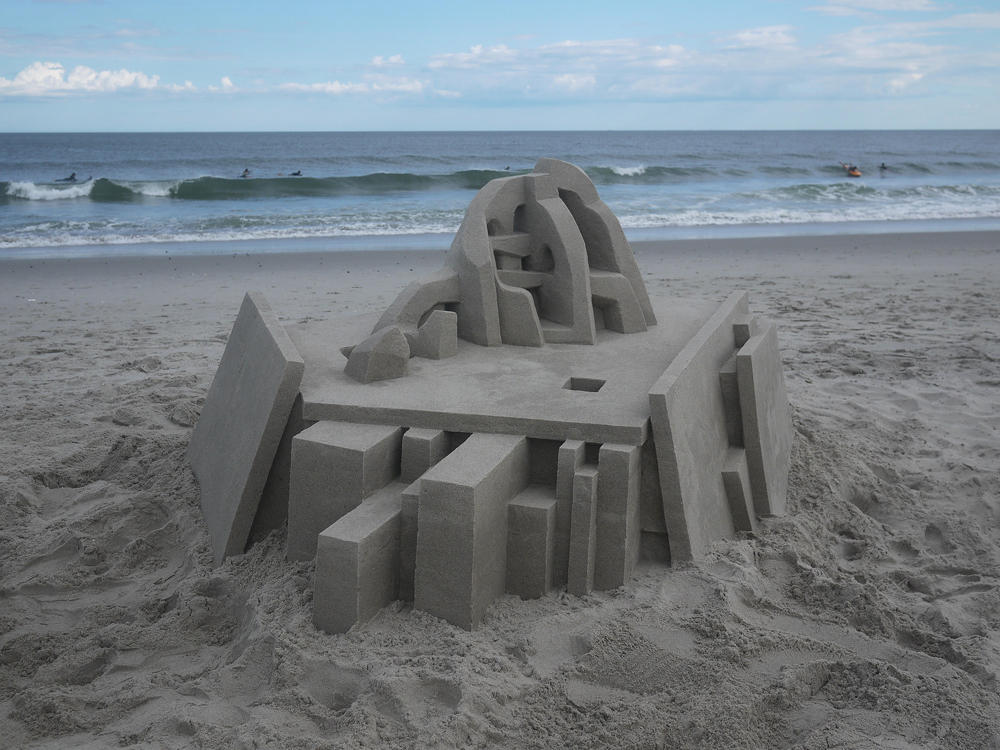
Any chance we might see a Barbican estate one day?
Offers to build sandcastles have come in from Oman and Dubai and all over but they want me to recreate their existing resort or mall and it’s just not what I do. I make my own castles from my own imagination, so I guess not, sorry.
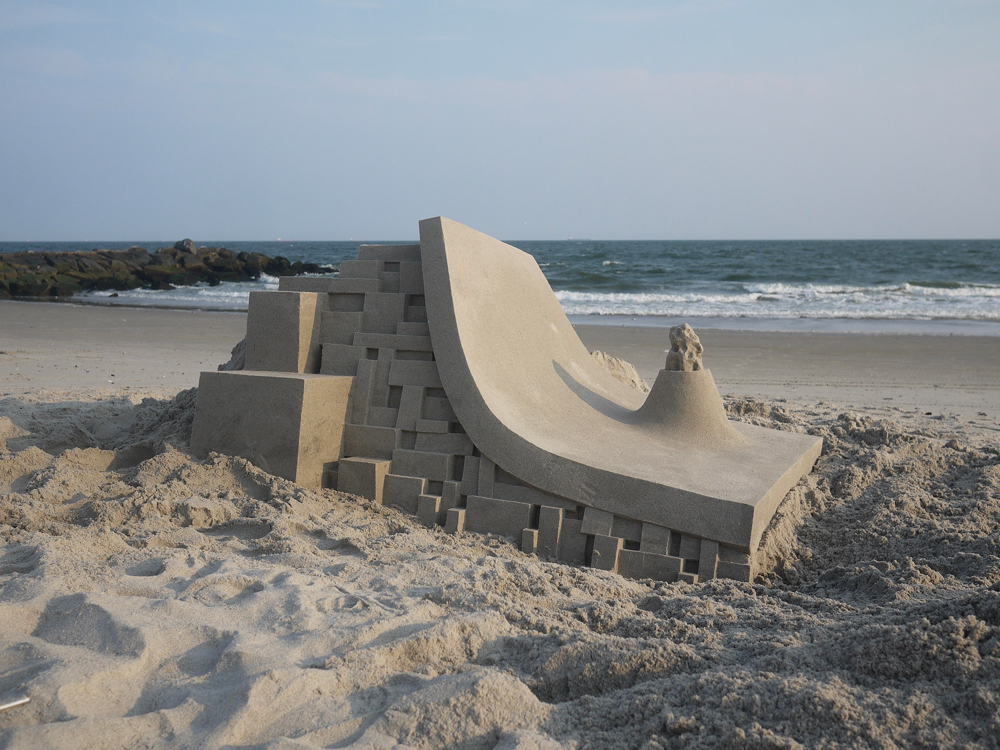
Do you have any particular artistic, musical or visual influences?
I love to scroll down 3rd world streets via Google street view. So many buildings out there are wonderfully quirky and often unfinished. I find them very inspiring.
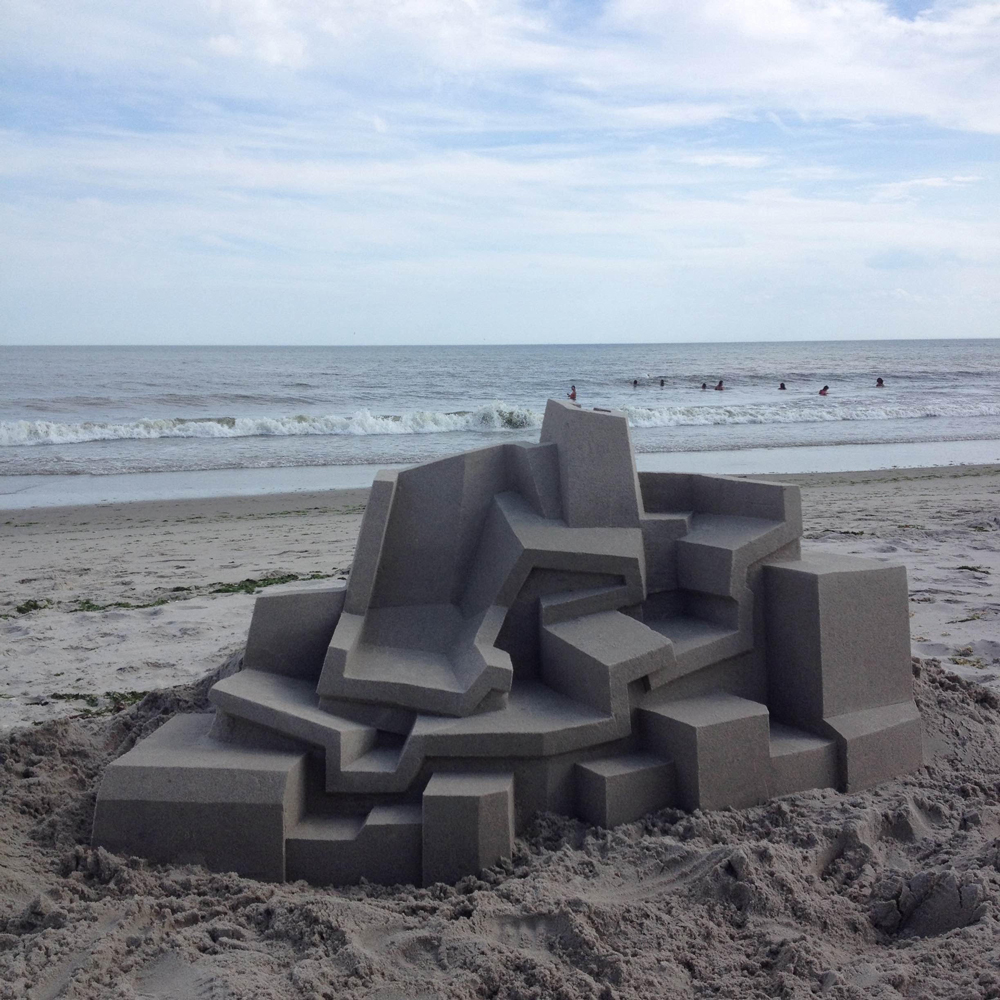
How has COVID19 impact your year so far?
Two years ago I moved to Colorado from New York to take care of my 91-year-old mother. We miss going to the movies and out to eat like everyone else. In order to keep her safe, I only leave the house if necessary and expect to do so until the world is safe again.
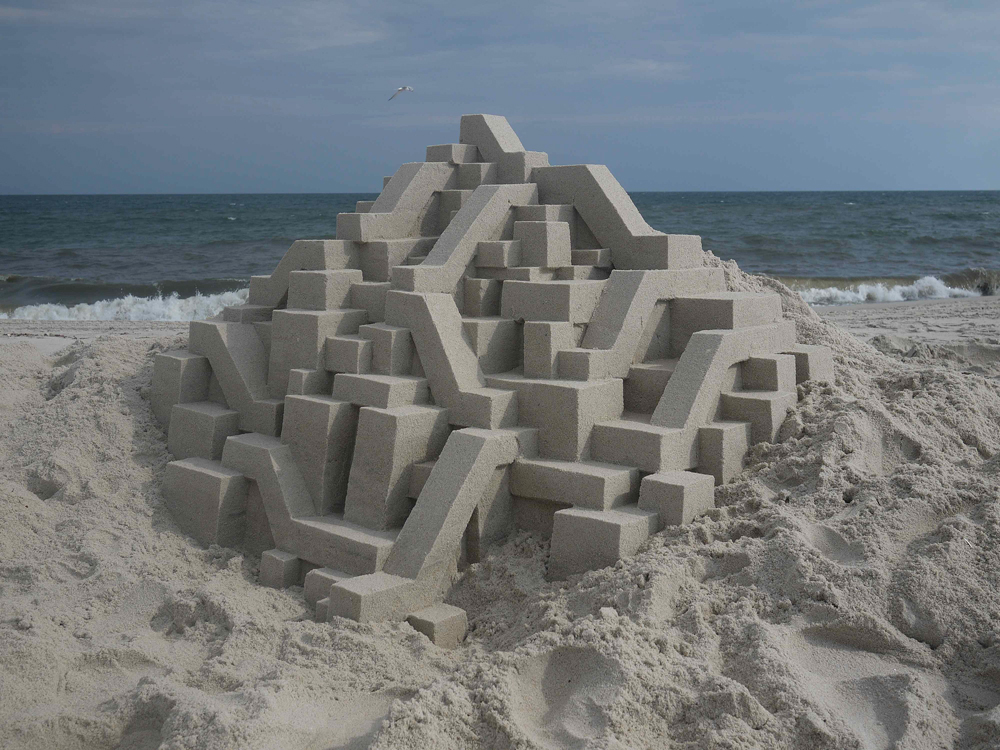
You’ve been posting some photos on Instagram recently that suggest that you’ve been experimenting, is that a lockdown thing or a new direction?
Originally it would start with photos I printed, now I just play with a phone. I’ve been collaging or drawing on photos for years. That I am now posting them on Instagram probably has a lot to do with the lockdown. I am not getting out to take pictures these days.
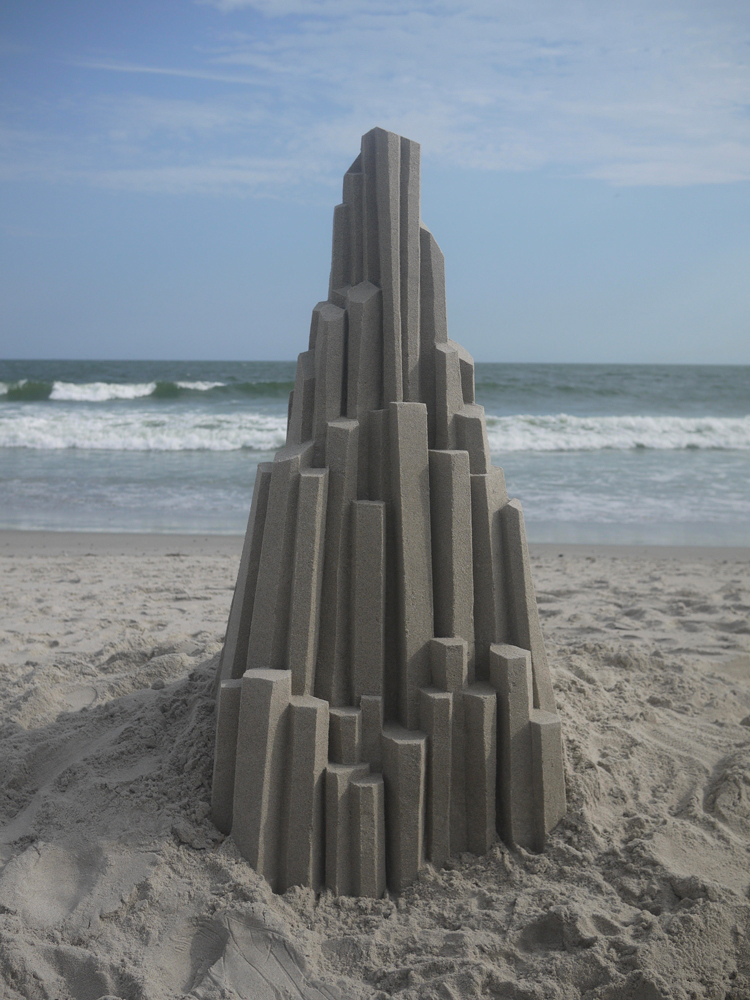
Greyscape Quick Fire
Favourite artwork?
The Architecture and furniture in the paintings by Giotto
Song
The Willie Nelson song, Crazy, sung by a drag queen in a straight jacket. East Village, circa 1982
Book
Walter Benjamin’s Arcade Project carried by a passing flaneur on a street in Billings, Montana.
Film
Tony Richardson’s The Loved One
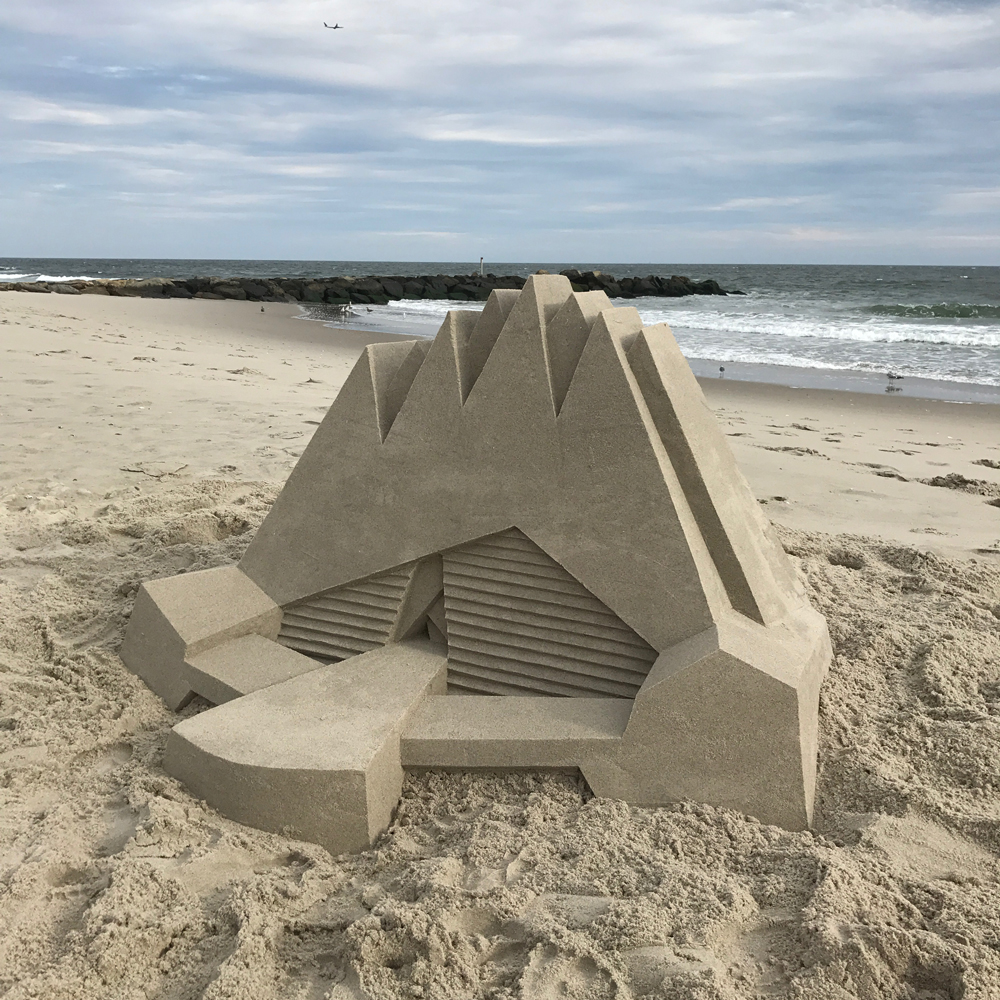
Find Calvin on Instagram @calvinseibert
ALL IMAGES COPYRIGHT OF CALVIN SEIBERT ©




